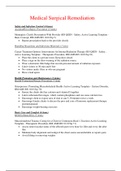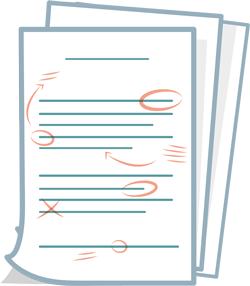Exam (elaborations)
Medical Surgical Remediation Virtual ATI| Medical Surgical Remediation, complete latest 2020 (A+ guide)
- Course
- Institution
Medical Surgical Remediation Safety and Infection Control (4 items) Accident/Error/Injury Prevention (2 items) Meningitis: Clarify Prescription With Provider (RN QSEN - Safety, Active Learning Template - Basic Concept, RM AMS RN 10.0 Chp 5) • Repeat prescription back to the provider clearly Handl...
[Show more]



